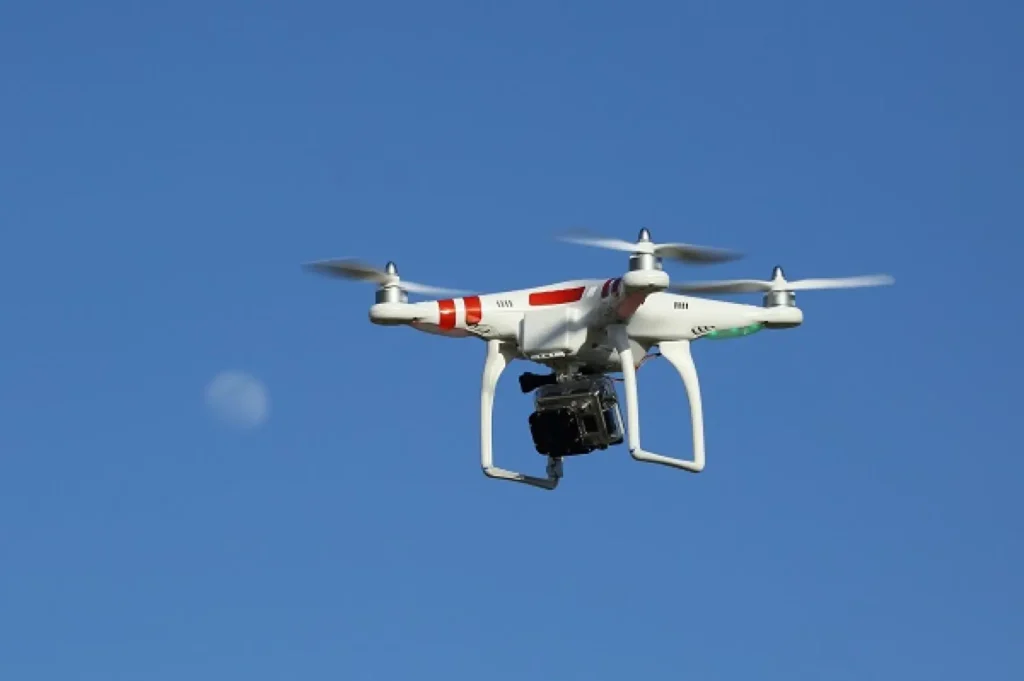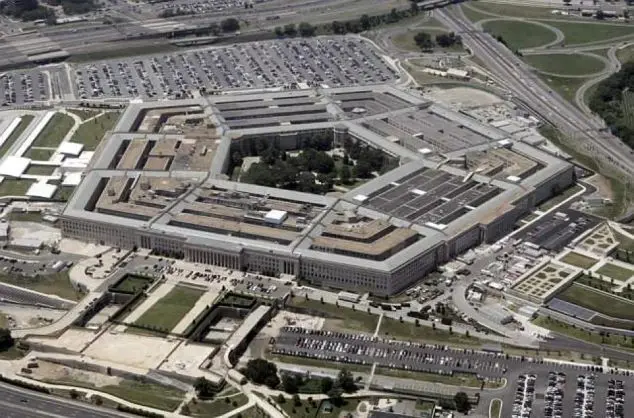The increasing use of unmanned aerial vehicles (drones) has sparked concerns among lawmakers and privacy advocates. In response, thirteen states have enacted laws regulating law enforcement’s use of drones, with eleven requiring warrants. However, these laws often focus on technology rather than addressing the core issue of pervasive surveillance.
Unintended Consequences of Technology-Centric Legislation
This approach has led to some counterintuitive outcomes:
- Allowing sophisticated surveillance from manned aircraft
- Prohibiting benign drone use for tasks like accident documentation or environmental monitoring
Privacy advocates argue that drones enable widespread surveillance due to lower operating costs. However, most law enforcement drones are currently less capable than manned aircraft and still require human operators.
The Warrant Requirement Debate
Many advocates push for warrant requirements before drone use. This can be problematic in situations like monitoring public events for safety, where obtaining a warrant may be impractical or impossible. Such restrictions could deprive law enforcement of a valuable public safety tool while doing little to protect privacy in already public settings.
A More Balanced Approach to Drone Regulation
Instead of a blanket warrant requirement, legislators should consider:
- A property rights approach, giving landowners control over a column of airspace up to 350 feet above their property.
- Duration-based surveillance limits to address persistent monitoring concerns.
- Data retention procedures with increased protections for stored aerial surveillance data.
- Transparency measures requiring regular reporting on aerial surveillance device usage.
- Recognizing potential privacy benefits of drone technology, such as geofencing and auto-redaction capabilities.
Current Legal Landscape for Aerial Surveillance
Existing Supreme Court precedents (California v. Ciraolo, Dow Chemical Co. v. United States, Florida v. Riley) generally allow aerial observations from public navigable airspace without a warrant, provided they are conducted in a non-physically intrusive manner and don’t reveal intimate activities traditionally associated with the home.
The Airspace Rights Question
The legal status of low-altitude airspace remains unclear. While the Supreme Court rejected the ad coelum doctrine (extending property rights indefinitely upward) in United States v. Causby, it acknowledged that landowners have some rights to the airspace immediately above their property. The exact altitude at which these rights apply is not well-defined, creating uncertainty for drone operations.
Implications for Law Enforcement and Privacy
As law enforcement increasingly adopts small drones operating below 500 feet, new legal questions arise:
- Can property owners exclude drones from low-altitude airspace above their land?
- At what height do property rights end and public airspace begin?
These issues complicate the application of existing aerial surveillance precedents to drone technology.
As drone technology evolves, lawmakers face the challenge of balancing privacy protections with legitimate law enforcement needs. Considering property rights, surveillance duration, data protection, and transparency, a nuanced approach may prove more effective than blanket technology bans or warrant requirements. Clear guidelines on low-altitude airspace rights will be crucial in shaping the future of drone regulation and use.



